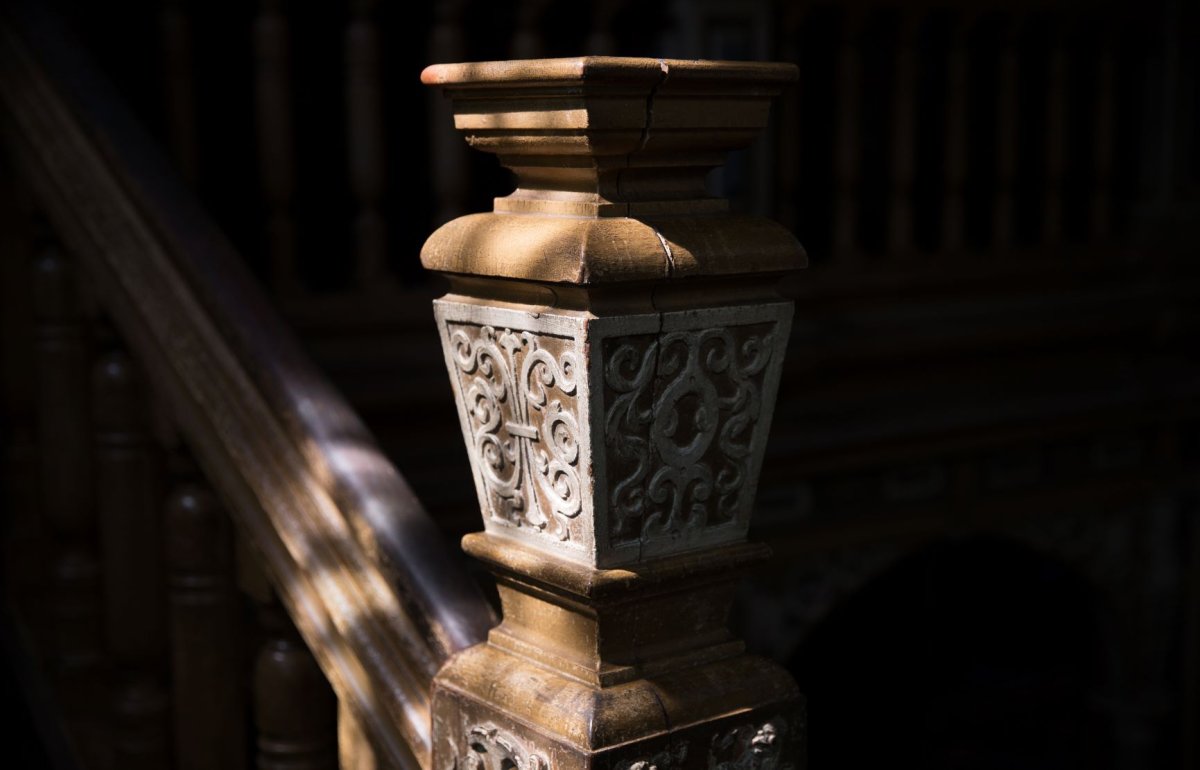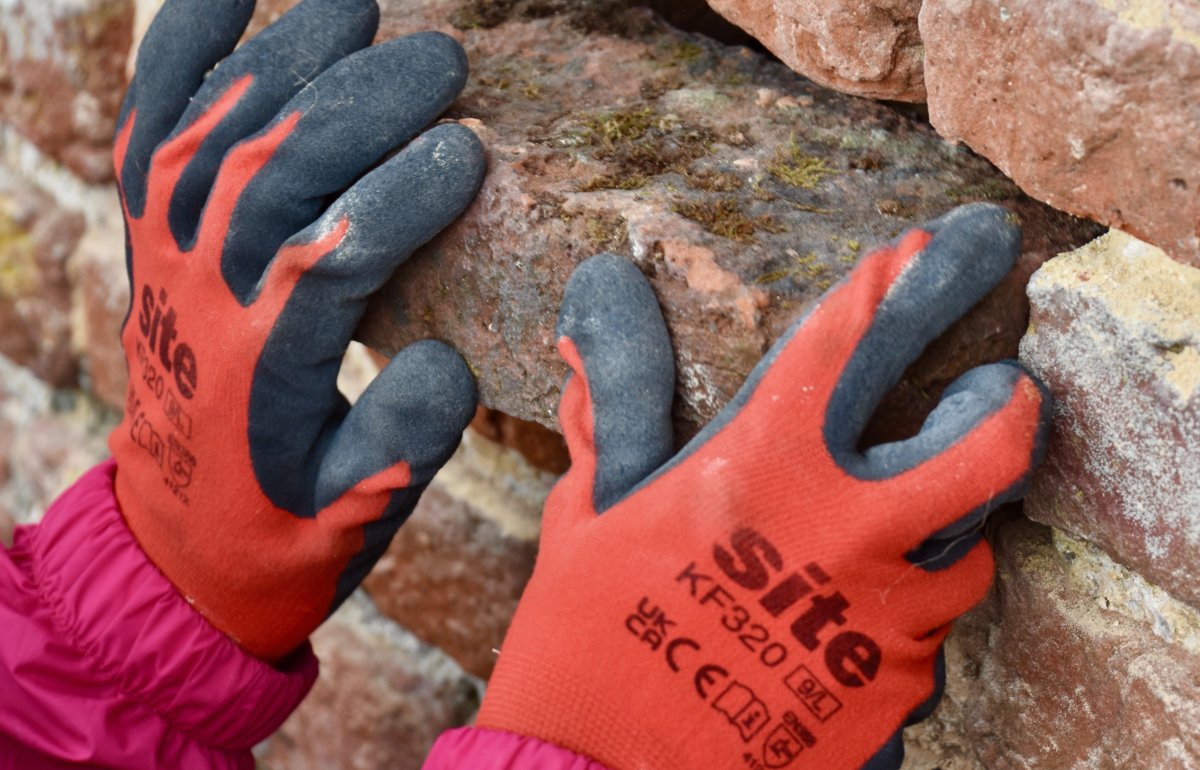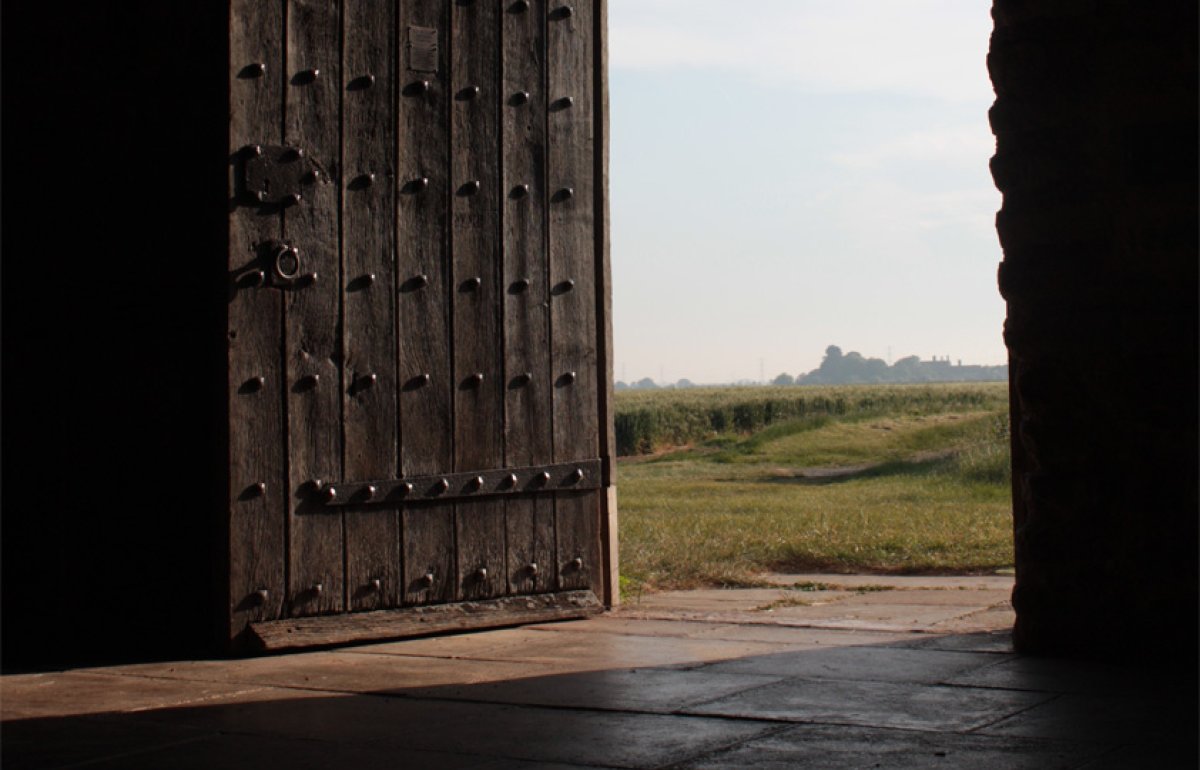Historic Brick Masonry Repair

Historic Brick Masonry Repair
Learn the essentials of traditional bricklaying techniques and traditional brick wall repair on this Humble Heritage course
Excellent mix of historic, theoretical and practical information.
HH2/24
£350, including light lunch on both days
Event details
Join us at Hatfield House for this hands-on two-day course. You will learn the essentials of historic brickwork repair from Lynn Mathias, one of the country’s leading experts in traditional brickwork.
Through a combination of live demonstrations and hands-on sessions, you will learn how to assess, prepare, and repair traditional brick walls. You will come away with the ability to identify and repair damage to historic brickwork to retain the beauty and structural integrity of your masonry, while staving off further decay.
Working on parts of the early 17th century buttressed boundary wall surrounding the vineyard at Hatfield House will give you plenty of opportunities to try out your new skills on real historic masonry, under Lynn Mathias’s expert guidance and supervision.
Although this is an introductory course, you should come away from it with the confidence to identify and remediate defects and failures typically found in historic brick masonry, and to carry out good, honest brickwork repairs using traditional lime mortar.
Day One
|
9am |
Registration, tea and coffee |
|
9.15am |
Welcome and Health & Safety briefing |
|
9.30am |
Introductory talk |
|
10.30am |
Tea and coffee break |
|
10.45am |
Drive to site |
|
11.00am |
Session One – condition survey: how to identify typical failures, defects and poor practices |
|
12pm |
Session Two – cutting out decayed or defective bricks |
|
1pm |
Lunch |
|
2pm |
Session Three – demonstration and practical session on lime mortar: preparing and mixing appropriate mortars for pointing, bedding and jointing |
|
3pm |
Tea and coffee break |
|
3.30pm |
Session Four – demonstration and practical session on how to select and replace like-for-like bricks |
|
4.30pm |
Q&A and tidy up |
|
4.45pm |
End of first day |
Day Two
|
9am |
Registration, tea and coffee |
|
9.30am |
Session One – demonstration and practical session on pointing with lime mortar |
|
10.30am |
Tea and coffee break |
|
10.45am |
Session Two – assessing larger areas of wall for rebuilding |
|
11.15am |
Session Three – demonstration and practical session rebuilding section of wall |
|
1pm |
Lunch |
|
2pm |
Session Four – practical session rebuilding section of wall (as above) |
|
3pm |
Tea and coffee break |
|
3.30pm |
Session Five – demonstration and practical session on jointing and tending methods |
|
4.30pm |
Final Q&A and tidy up |
|
4.45pm |
Course ends |
Who is this course for?
This is an introductory/intermediate level course aimed at building professionals and craftspeople seeking to work with or better understand traditional brick masonry. It is also suitable for building owners and caretakers keen to learn more about how to maintain and repair historic brickwork.
You will learn
By the end of this course you will be able to:
- Understand and identify the characteristics (age, type, colour, texture) of bricks used in historic brick structures.
- Assess historic brick walls to determine what, if any, interventions are needed.
- Identify defects commonly found in historic brickwork.
- Understand the various materials, tools and techniques used in the repair and conservation of historic brick masonry.
- Prepare a repair specification for remedial works.
- Select and mix appropriate lime mortar.
- Remove decayed or defective bricks and replace with new like-for-like substitutes.
- Select appropriate brick replacements, matching colour, texture and type.
- Carry out remedial work to brick masonry, including pointing, jointing and joint finishes.
You will need
- Please wear overalls or working clothes that you don't mind getting dirty, and flat, enclosed footwear, ideally steel toe-capped boots. All other PPE is provided.
- The work will involve kneeling so you may wish to wear knee pads or bring a suitable kneeler cushion.
- We will mostly be outside, so we recommend you wear warm layers and bring waterproofs in case of rain.
Practical information
- Parking is available at the main car park, where we will meet at the start of each day.
- From there we will car share to the site, where there is limited parking.
- There is a toilet and handwashing facilities on site.
- A light lunch will be provided. Please indicate any dietary requirements in the booking form.
Tutors
Lynn Mathias, lead tutor
Lynn Mathias is a brick and flint specialist, a SPAB Guardian and founder of Mathias Restoration Ltd. He has worked with brick and flint in the conservation sector for over 30 years and teaches at West Dean College. Lynn has taught many of our brickwork and flint courses sits on our Education and Training Committee.
Myles Mathias, assistant tutor
Myles is Lynn’s son and has worked repairing historic buildings for six years since leaving school. He has gained a City and Guilds qualification in brickwork and is an accomplished flint knapper. He regularly assists at SPAB Working Parties.
About Humble Heritage courses
Our Humble Heritage courses explore and celebrate traditional buildings and the skills that go into creating and repairing them. They are designed to give learners a thorough technical and theoretical understanding about a subject, reinforced with guided practical, hands-on experience at historic locations. We have run courses on topics including bricklaying, thatching, flint and lime mortars at locations such as Moffat Cemetery, St Nicholas Church in Feltwell, Housedean Farm in Lewes, and Hatfield House, Hertfordshire.
Accreditation
This course is recognised by the IHBC for Continuing Professional Development (CPD).
Accessibility
Please note that you will be learning at an area of the Hatfield House estate that is an active construction site.
- The ground will be uneven in places.
- The wall and surrounding area are muddy in places.
- Work to the lower parts of the wall will involve kneeling or crouching.
- There is no seating available, but you are welcome to being a camp chair or stool.
Anything we can do to make this event more accessible for you? Please email education@spab.org.uk.
Photography
We may take photos or videos at this event to be used in future promotion, including in print and online.
All bookings are subject to our Terms and Conditions.
Image credits: Boxley Abbey © Rachel Stoplar



